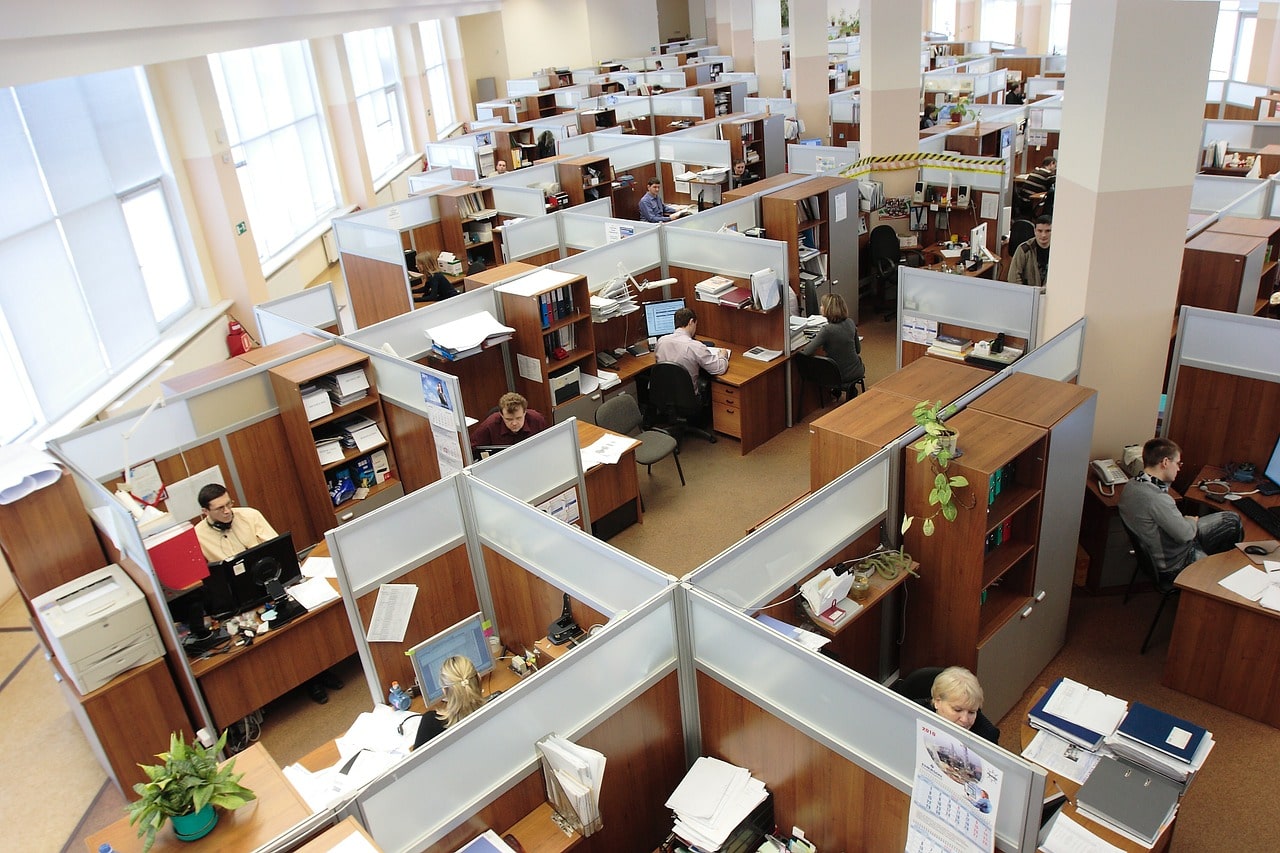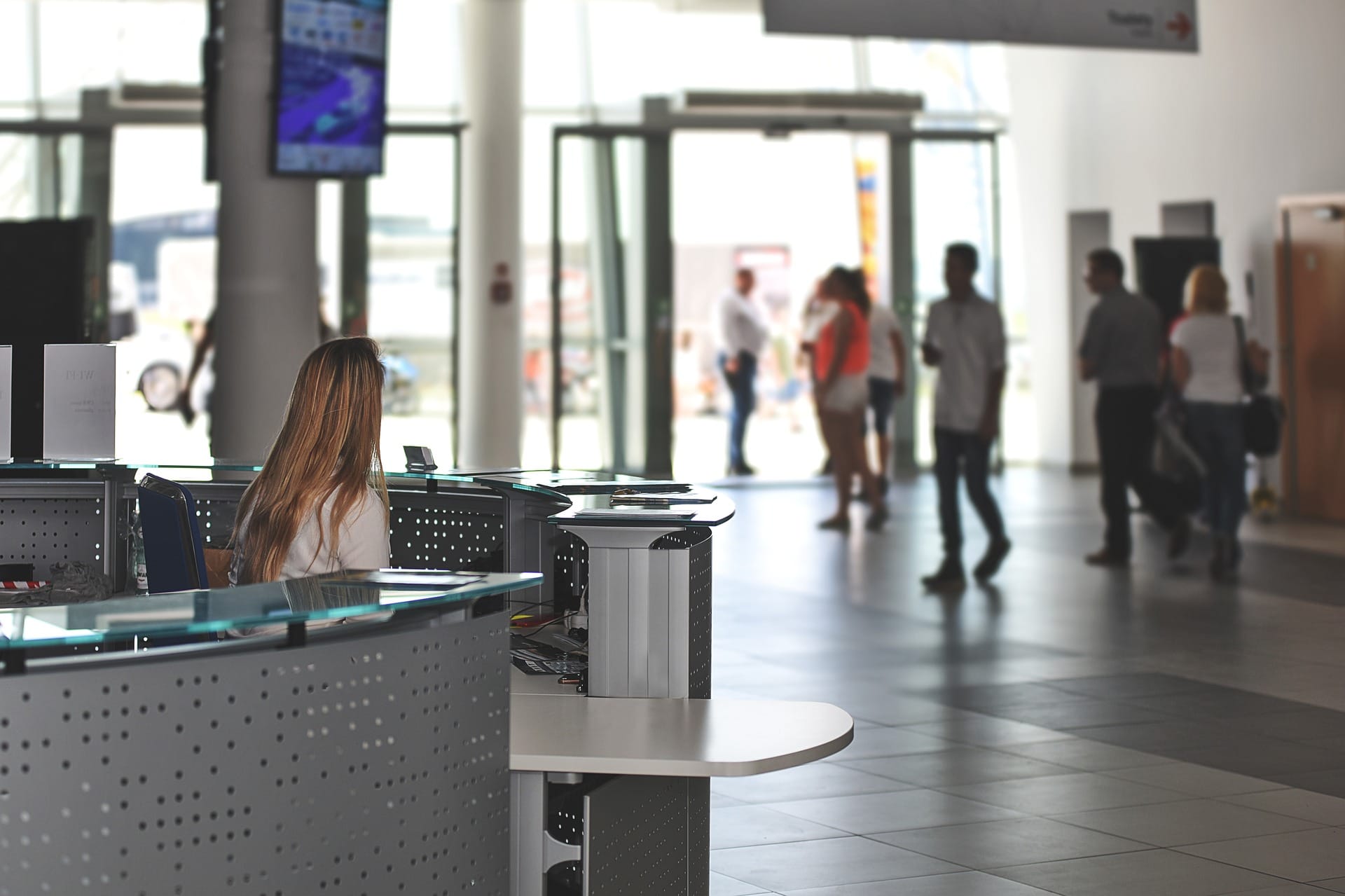How whole building design, products, and processes impact people, environment, and economic issues ('People', 'Planet', 'Pocketbook').
Sustainable Design
Buildings of all types require HVAC systems to condition the space for human (and sometimes animal) comfort. The cost to achieve a comfortable temperature, humidity, and clean air drives the building’s energy consumption.
The ASHRAE Standard 62.1 for Acceptable Indoor Air Quality in commercial buildings is an ever-evolving set of parameters by which to achieve acceptable air quality. The method is basic: forcing outside air into a building to dilute the inside air pollutants.

The HVAC system exhausts the conditioned air to atmosphere, purging pollutants. This is a very costly solution. The energy invested to condition outside air is wasted when inside air is exhausted. This process is continuous and a major reason HVAC is the highest energy use driving operating costs that are unnecessary.
“Dilution is Not the Solution to Indoor Pollution”
Joseph Lstiburek, B.A.Sc., M.Eng., Ph.D., P.Eng., Building Science Corporation – Boston, MA
It is much more economical to improve indoor air quality by removing the small amounts of air contaminants, thus making the conditioned air reusable. With this approach, the air purification system cleans recirculated air every time it cycles through for conditioning. With this approach ventilation rates can be reduced to just what is needed to replace oxygen and purge CO2. Even better is to commingle ventilation air with return air ahead of the air purification system. This assures 100% of all air in the building is purified.
Contact Us for More Information or a Quote

Recent scientific findings confirm that only a handful of “Contaminants of Concern” need to be addressed. We express the levels of these contaminants as parts per million or parts per billion.
Although contaminants of concern are unhealthy for humans and pets, very low levels make control or elimination possible with the right technology and gas-phase filtration media. The cost to install and operate a system like the Total Spectrum® air purification system is significantly lower than the cost of energy wasted on constant ventilation air purging. In fact a Total Spectrum® air purification system installation typically pays for itself less than two years. After initial cost, life-cycle cost savings continue and energy is conserved, making the building much more sustainable with a much smaller carbon footprint.
Total Spectrum® air purification technology should be specified for every large building today. However, change takes time when there are longstanding systems in place and major companies that support that continuing revenue stream with few improvements. Total Spectrum® air purification is in line with progressive, sustainable HVAC design and products while complying with Standard 62.1, taking advantage of its Indoor Air Quality Procedure.
We have documented and proven the Total Spectrum air purification system’s performance. Clearly, the Total Spectrum approach greatly enhances the sustainability of buildings in which the HVAC systems consume the greatest amount of energy.
To learn more, please call or email us for a conversation and air quality test results that we think you’ll find compelling.
